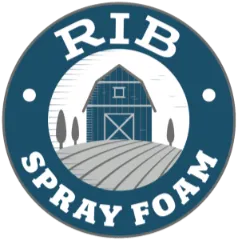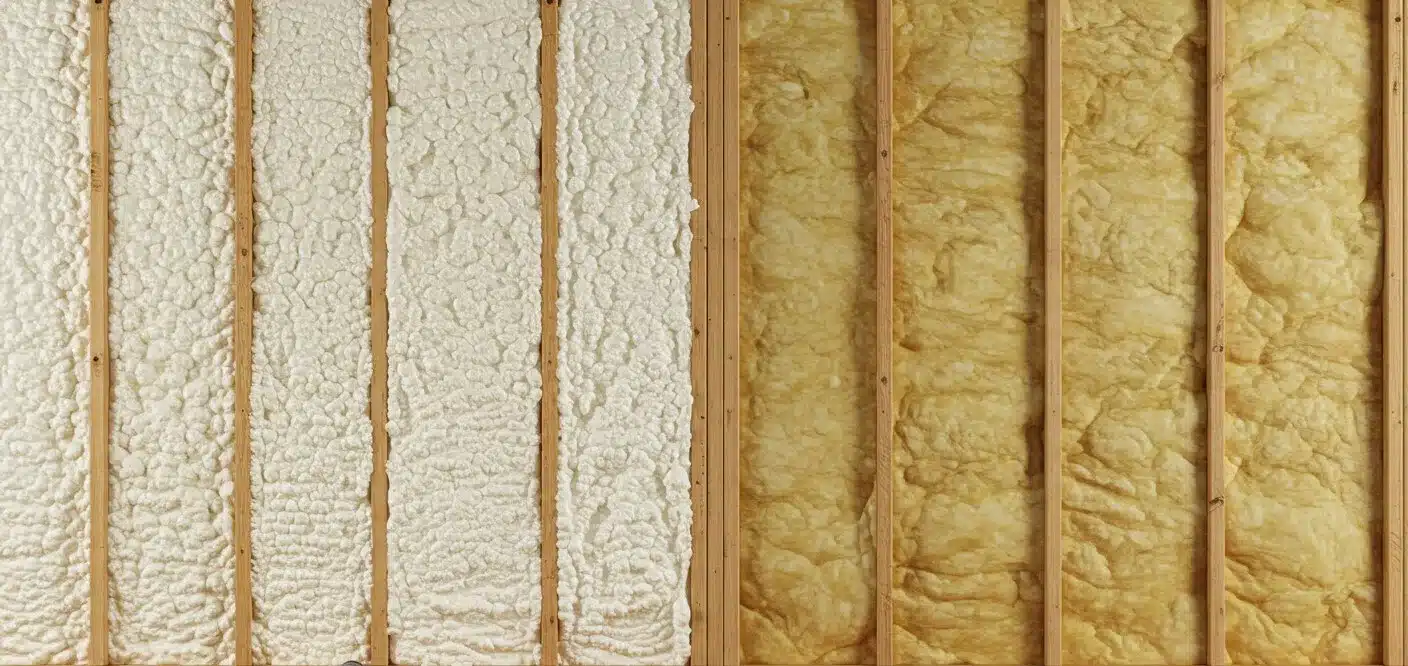Choosing the right insulation for a crawl space is a key decision for homeowners and builders. Spray foam and fiberglass remain two of the most common choices, but their performance, cost-effectiveness, and long-term benefits differ. As 2025 brings advancements in insulation technology and building codes, it’s important to understand which option best suits modern homes.
This guide compares spray foam and fiberglass insulation in crawl spaces, evaluating their efficiency, durability, and practicality. By the end, readers will have a clear understanding of the best option for their needs.
Understanding Crawl Space Insulation
Crawl spaces are prone to moisture, air leaks, and temperature fluctuations. Proper insulation prevents these issues by sealing gaps, reducing energy loss, and improving air quality. Two of the most widely used materials are spray foam and fiberglass.
- Spray foam insulation expands upon application, sealing cracks and forming a continuous thermal barrier.
- Fiberglass insulation consists of lightweight fibers that trap air, slowing heat transfer but leaving gaps susceptible to moisture and airflow.
Performance Comparison
Energy Efficiency
- Spray Foam: Provides an airtight seal that minimizes heat transfer, reducing energy bills and preventing drafts.
- Fiberglass: Allows some air movement, making it less effective at stopping heat loss in extreme temperatures.
Moisture Resistance
- Spray Foam: Acts as a moisture barrier, preventing mold growth and humidity-related damage.
- Fiberglass: Absorbs moisture, leading to mold development and deterioration over time.
Lifespan and Durability
- Spray Foam: Lasts 30+ years without significant degradation.
- Fiberglass: Typically needs replacement every 10–15 years due to sagging and moisture damage.
Installation Process
Ease of Application
- Spray Foam: Requires professional installation due to the need for specialized equipment and precise application.
- Fiberglass: Easier for DIY projects but must be handled carefully to avoid gaps and compression that reduce effectiveness.
Cost Considerations
- Spray Foam: Higher upfront cost but long-term savings through energy efficiency and durability.
- Fiberglass: Lower initial investment but higher maintenance and replacement costs.
Environmental Impact
Sustainability
- Spray Foam: Some formulations now use eco-friendly blowing agents, reducing environmental footprint.
- Fiberglass: Contains recycled glass but generates waste over time due to frequent replacements.
Air Quality
- Spray Foam: Reduces allergens by sealing out dust and pollutants.
- Fiberglass: Can release small particles into the air, potentially affecting indoor air quality.
When to Choose Spray Foam
- Homes in humid climates prone to mold and moisture issues.
- Properties requiring long-term energy efficiency without frequent maintenance.
- Crawl spaces with existing air leaks or drafts.
When to Choose Fiberglass
- Budget-conscious projects where immediate cost savings are a priority.
- Well-ventilated crawl spaces with minimal moisture exposure.
- Short-term insulation solutions where future upgrades are planned.
Long-Term Value Assessment
While spray foam requires a larger initial investment, its durability, energy efficiency, and moisture resistance make it a more cost-effective choice over time. Fiberglass remains an option for short-term insulation needs but lacks the longevity and effectiveness of spray foam.
Upgrade Your Crawl Space Insulation for 2025
Choosing the right insulation method depends on your home’s needs and long-term goals. If you want an efficient, durable solution that protects against moisture and lowers energy costs, spray foam insulation is the superior choice.
For expert installation, Rib Spray Foam Company offers professional spray foam insulation services. Contact us at (970) 518-2883 or email [email protected] to discuss the best insulation options for your home.
Frequently Asked Questions
Is spray foam insulation safe for crawl spaces?
Yes, when installed correctly, spray foam is safe and provides superior moisture resistance, improving indoor air quality.
How much does spray foam insulation cost compared to fiberglass?
Spray foam costs more upfront but saves money in energy bills and maintenance, making it more cost-effective long-term.
Can fiberglass insulation be installed in an unventilated crawl space?
Fiberglass is not ideal for unventilated spaces, as it can absorb moisture and develop mold.
How long does spray foam insulation last?
It can last over 30 years with minimal maintenance.
Does fiberglass insulation attract pests?
Yes, rodents and insects can nest in fiberglass, while spray foam is pest-resistant.
Is spray foam better for energy savings?
Yes, its airtight seal prevents heat loss and lowers energy bills.
Can I install spray foam insulation myself?
Professional installation is recommended for proper application and safety.
Does fiberglass insulation lose effectiveness over time?
Yes, it can sag, compress, and absorb moisture, reducing its insulating properties.
Will spray foam insulation block air leaks?
Yes, spray foam expands to fill gaps and seals air leaks effectively.
Is spray foam insulation environmentally friendly?
Some modern spray foams use eco-friendly materials and have a lower environmental impact than fiberglass.



